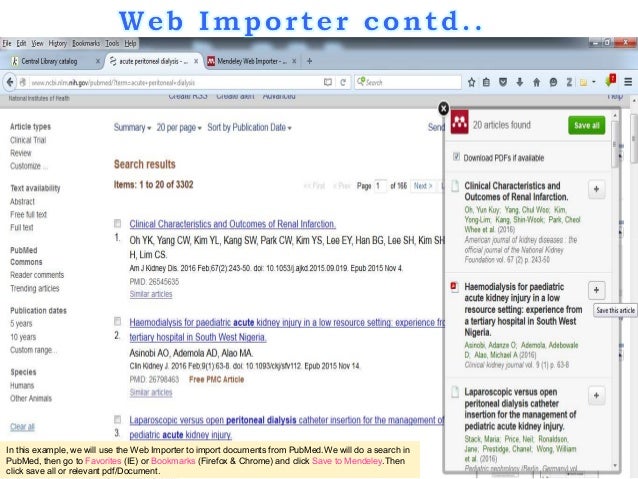Download Cite Class Lecture Chicago Manual Software
Posted : adminOn 6/18/2018
The Ultimate Guide to Citing Anything in Chicago Style Everything you ever needed to know about citing sources from the Chicago Manual of Style The Basics of Citing in Chicago Style The Chicago Manual of Style, currently in its 16th edition, was created to help researchers properly cite their sources. There are two types of referencing styles in Chicago: 1). Cue Club Snooker Game For Windows 7 more.
Notes and Bibliography and 2). This guide displays the Notes and Bibliography style of referencing.
Citing a Class Lecture1 (1). Your instructors sometimes will want you to cite in your paper or project a class lecture. Manual of Style Online Chicago Style. TUTORIAL: CITING SOURCES IN CHICAGO STYLE. In-depth Chicago Manual of Style 16th. If you use a quotation or idea from a class lecture or other personal.
Creating a Bibliography in Chicago Style The bibliography is a list of all the sources used in the paper. The list includes the important publication details of the sources. The bibliography must also follow the following format: • The citation list or bibliography must be single spaced. • The last names of the authors must be arranged alphabetically. • The second line of the source must be indented.
Examples of Citing Different Sources in Chicago Style Generally, Chicago citations require: • Author • Title of book/article • Title of newspaper/journal • Publication year • Publication month and date • Publisher • City of publication • Date of access • Page numbers • URL or DOI (for some online sources) How to create footnotes and endnotes for Chicago Style Chicago's Notes and Bibliography formatting requires writers to use footnotes and endnotes when using in-text citations. These footnotes and endnotes acknowledge the different sources used in the work. When a source is used in a research paper, a roman numeral is placed at the end of the borrowed information as superscript (it is smaller than the normal line of text and raised). That number correlates with a footnote or endnote. • Footnotes are found at the bottom of the page • Endnotes are added at the end of the chapter or project • A footnote or endnote contains the complete citation information. • The matching number in the footnote or endnote is normal sized and not raised.
• It is up to the discretion of the writer to either place the citation at the bottom of the page where the superscript is placed (a footnote) or to place all citations together at the end of the work (endnotes). Example: One would wonder, 'Would young Einstein be characterized as belonging somewhere on the autism spectrum? Would Erdos have been given a diagnosis of A.D.H.D.?' ¹ Footnote (placed at the bottom of the page) 1. Silver, Nate.
'Beautiful Minds.' The New York Times. July 13, 2013. Accessed August 04, 2015. If a source is used more than once in a research project, follow these guidelines: • When used again, instead of writing out the complete citation for a second time in the footnote, only include: the author’s last name, the title or a phrase for the title (if it’s more than four words), and the page number(s) that were used.
This will reduce the bulk of citation information in the paper. Candy Cd 602 S Service Manual. Cohen, Micah, 'Rubio is Losing Support Among Republican Voters.'